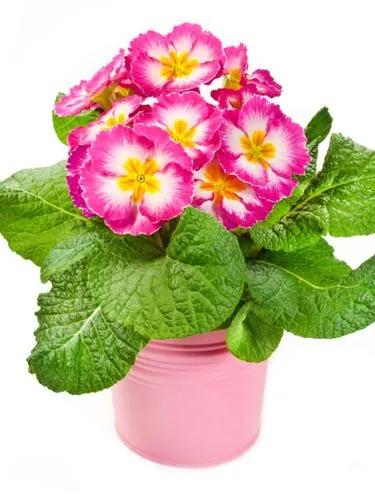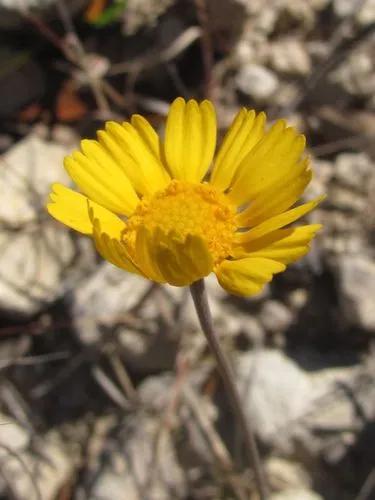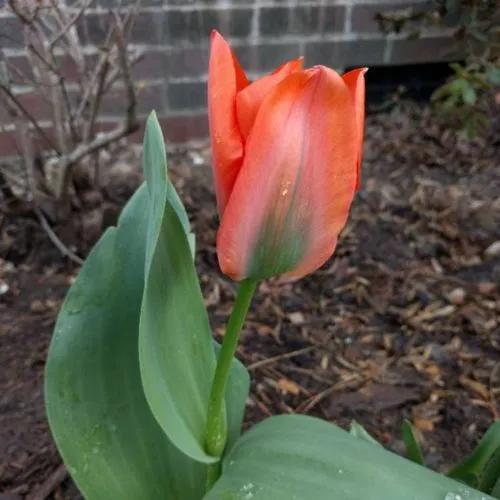Spiraea, sometimes spelled spirea in common names, is a genus of about 80 to 100 species[2] of shrubs in the family Rosaceae. They are native to the temperate Northern Hemisphere, with the greatest diversity in eastern Asia.
Meadowsweets Care
Spirea shrub



Spiraea plants are hardy, deciduous-leaved shrubs. The leaves are simple and usually short stalked, and are arranged in a spiralling, alternate fashion. In most species, the leaves are lanceolate (narrowly oval) and about 2.5 to 10 centimetres (0.98 to 3.94 in) long. The leaf margins are usually toothed, occasionally cut or lobed, and rarely smooth. Stipules are absent. The many small flowers of Spiraea shrubs are clustered together in inflorescences, usually in dense panicles, umbrella-like corymbs, or grape-like clusters. The radial symmetry of each flower is five fold, with the flowers usually bisexual, rarely unisexual. The flowers have five sepals and five white, pink, or reddish petals that are usually longer than the sepals. Each flower has many (15 to 60) stamens. The fruit is an aggregate of follicles.
How to Care for the Plant

Water

Keep newly planted spireas well-watered until they become established. Mature spireas are drought tolerant and only need watering when the soil becomes dry. Spireas don’t like wet feet, so avoid oversaturating the soil.

Fertilizer

Spireas are not heavy feeders, so they’ll do fine with an application of a controlled-release fertilizer in early spring, which should provide enough sustenance for the entire growing season.

Sunlight

The spirea shrub does best when planted in full sun or light shade. Planting the shrub in full shade results in stunted growth, and a reduction in the number and size of blooms.

Soil

Position your spirea in an area with well-drained soil, as they do not like wet feet.

Temperature

The shrub can be grown in the areas with the lowest winter temperatures of -34.4°C (-30°F).

Popularity

145 people already have this plant 27 people have added this plant to their wishlists
Discover more plants with the list below
Related articles






